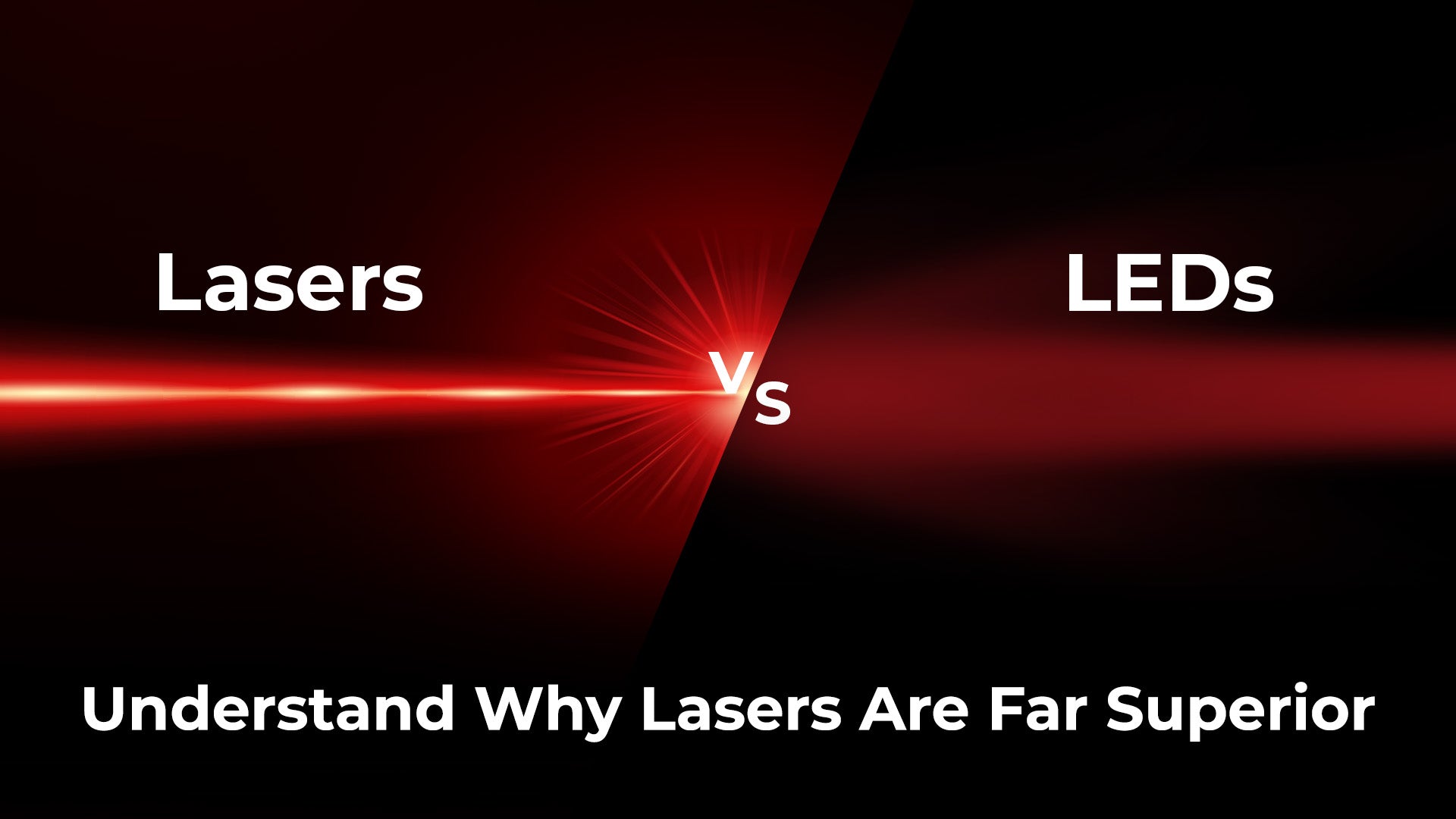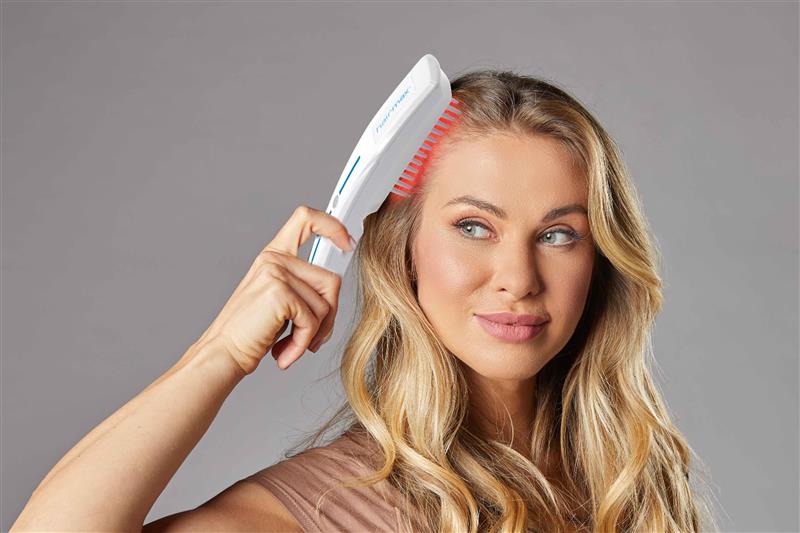Hair loss can be a devastating occurrence for men and women, and those who wish to take action to combat the condition, many times consider hair transplantation as an option. Hair transplantation has come a long way since the procedure was first invented in the 1950’s, but this procedure for treating hair loss is still a surgical one, so careful deliberations have to take place as to whether the procedure is the best choice. While hair transplantation has come a long way, so too have the non-surgical options, from the introduction the drugs minoxidil andPropecia/ finasteride, to the non-drug laser phototherapy option, the HairMax LaserComb.

Hair transplantation remains the only solution that permanently restores hair. However, it is costly and can range from $5,000 to over $15,000 for the total procedure. Further, if transplantation is done in the early stages of hair loss, continuous progression can lead to an unsightly appearance. As an example if a small area such as the vertex or top of the head is transplanted, and hair loss progresses, the results can look like a ring around a bald area.
This necessitates having further transplant procedures to continually recover the newly bald areas. While there are no formal guidelines as to proper candidate selection, in men good candidates for hair transplantation should have enough hair in the donor site and a good estimate of how much hair they will lose from the condition. Very few women have the type of hair loss that would make them good candidates, because most women have what’s called diffuse hair loss. That means that women have an overall thinning in all areas of the head, including the sides and back, so they do not have good donor sites as men do.
While age matters it is not the primary consideration if the further hair loss can be predicted from studying extent of baldness that has occurred in family members. Most importantly, expectations of the patient should be realistic so that they understand what the results will be at the time of the surgery, and what will be necessary in the long term. Many times decisions to have surgery are impulsive resulting when one first notices the signs of hair loss, and they are not emotionally prepared to deal with it. If they are young and in the first stage of hair loss and want to have transplant surgery, they have to know that they are entering into a life-time commitment because they may need to have additional surgeries from the progression of the hair loss.
This is where non-surgical options come into play as logical options to consider, instead of hair transplantation for hair loss. When the first signs of hair loss occur, a much better option is to start treatment with drugs or laser therapy to treat it, which can not only regrow hair, but prevent further hair loss. Presently, there are only 2 drugs approved by the FDA for treating hair loss in men, and only 1 drug for treating women. Minoxidil is a topical drug which has been reported to regrow hair in both men and women, but there have been some few reports of serious drug reactions occurring. Propecia is an oral drug which has also been proven to work in men (only), but there have been reports of serious sexual side effect occurring. The HairMax LaserComb on the other hand, is a non-drug laser phototherapy device that has been proven to work and has an excellent safety record in successfully treating both men and women with hair loss. In a recent paper published in a peer review journal describing the results of 4 clinicals studies with the HairMax LaserComb for male and female hair loss (The American Journal of Clinical Dermatology, April 2014), the authors compared the clinical study results of the HairMax to that found in studies with minoxidil and Propecia and found them to be comparable.
In conclusion, surgical treatment for hair loss is a good consideration for the right person who is generally in the later stages of hair loss. For early hair loss, using drugs or the HairMax LaserComb are much better choices and are much less costly. While all of these products have been proven to work in mild to moderate hair loss, only the Hairmax LaserComb as a non-drug option, has a long history of safety in delivering results without the chance of serious side effects occurring.










